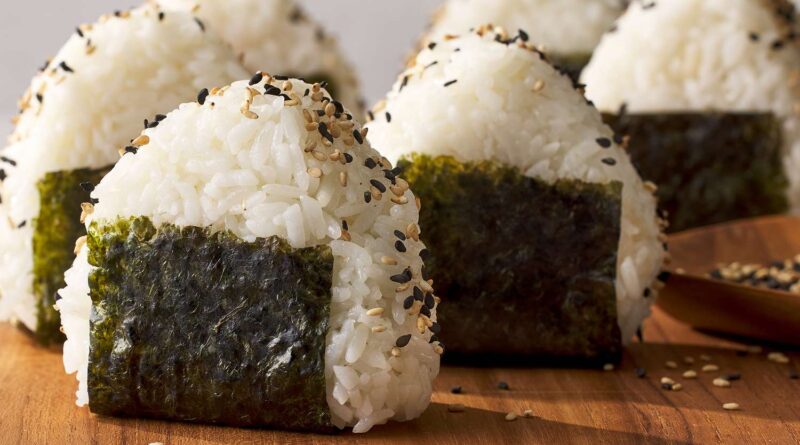South Korean rice crop suffers yield drop
By John Reidy
The South Korean government has revised its marketing year 2024-25 milled rice production estimate down to 3.58 million tonnes, reflecting a 2% yield reduction due to extreme heat, untimely rains and pest damage, according to a report from the Foreign Agricultural Service (FAS) of the US Department of Agriculture.
In its Jan. 29 Global Agricultural Information Network report, the FAS said Statistics Korea (KOSTAT) released its final production estimate on Nov. 15 based on field surveys that showed unexpected yield losses from harvested area that was unchanged at 698,000 hectares.
“Damage from widespread brown planthopper infestations deteriorated further after KOSTAT’s last crop survey was completed in late September,” the FAS said. “Heavy rainfall and high temperatures from September to October exposed rice to more extreme pest infestation than usual.”
Amid political pressure from farm groups to counteract declining farmgate rice prices, the government announced its long-term rice reformation plan measures in December to address the nation’s chronic oversupply of rice. The plan includes acreage reduction, improving rice quality, developing new demand, strengthening local distribution competition, and supporting research and development for high-quality rice and new demand.
The FAS revised its forecast for 2024-25 rice consumption up to 4.11 million tonnes, up 160,000 tonnes, or 3.9%, from its previous report due to the government’s policies to encourage greater use of rice in food and beverage processing and feed. However, these policies are not expected to reverse the steady decline in household table rice consumption, the FAS said.
“The continuous decline in rice consumption, especially among young adults, is exemplified by the growing preference for alternative breakfast meals (bread and sandwiches), and the rising rate of skipping breakfast,” the FAS said. “A consumer behavior survey published by the Korea Rural Economic Institute (KREI) in January 2025 showed that 66.7% of Korean consumers preferred rice for breakfast in 2024, down from 83.5% in 2017.”
This article has been republished from The World Grain.

